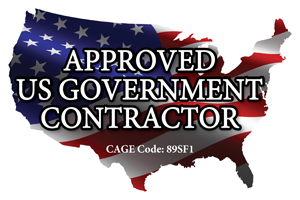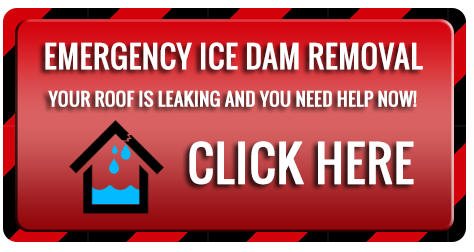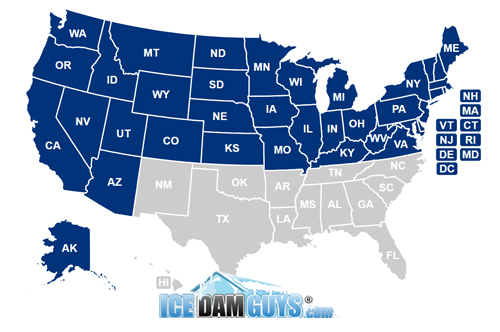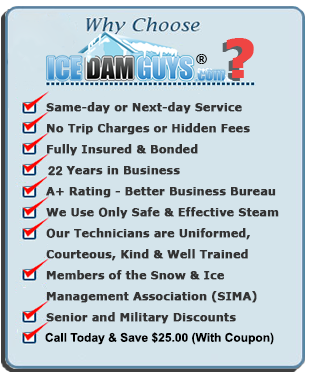Ice, Snow, & Roof Collapses
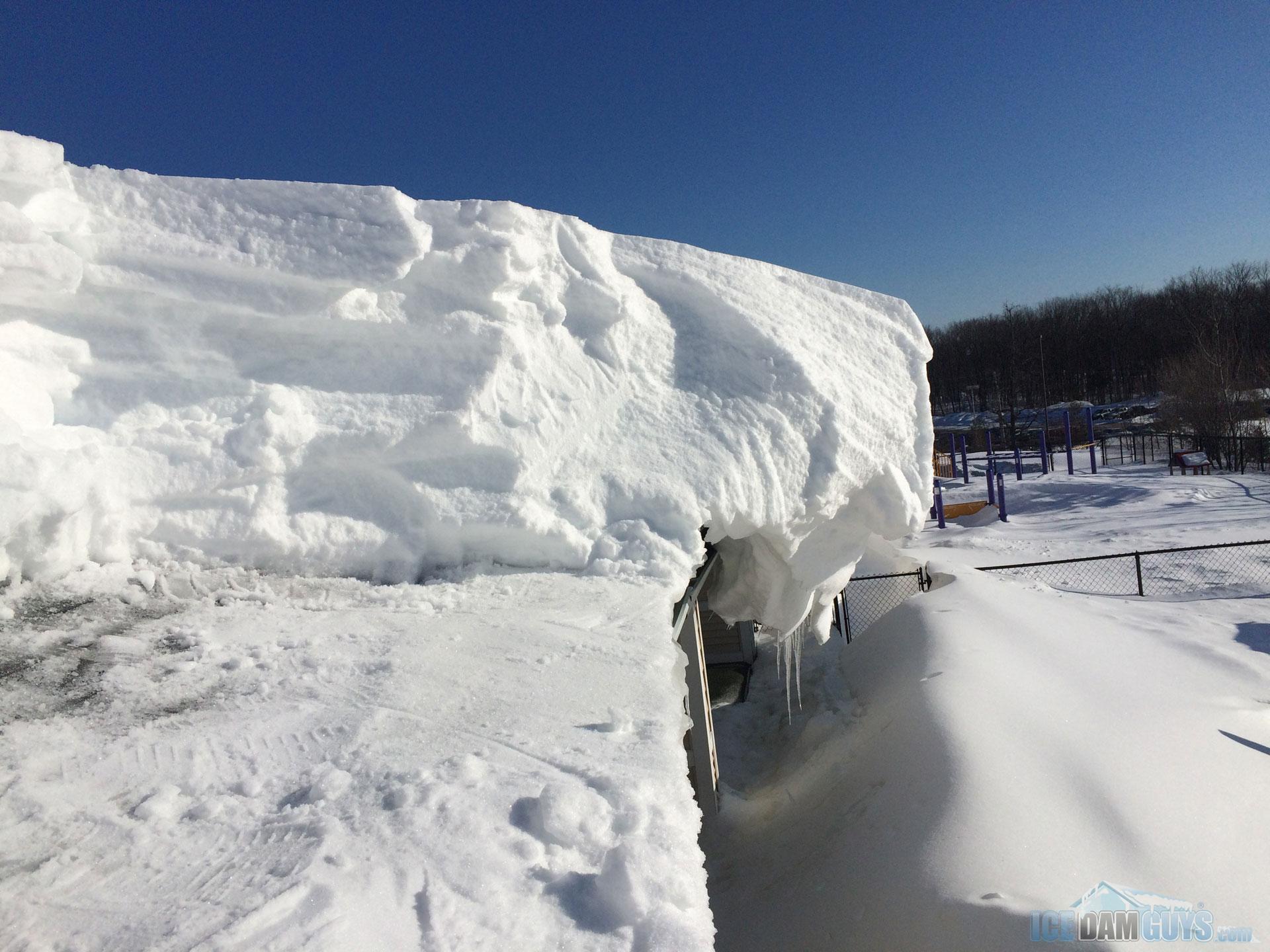
Can snow and ice on your roof cause a collapse – one that can threaten your home and life?
Not in the normal course of things – BUT snow and ice do weigh more than you might think, and your roof can only bear so much of that weight.
Letting a three-inch snowfall sit on a 1,000 square-foot roof is like melting down a car and pouring it onto your roof. If that snow is wet and heavy instead of light and fluffy it can weigh even more – as though the car on your roof now has 4 passengers, dogs on their laps, and trunk full of lead bricks.
You wouldn’t take your chances with a car on the roof. You shouldn’t play roof-ice roulette.
That’s why, if you live in a part of the country with rough winters, you need to know a few things about roof collapses.
How likely is a roof collapse?
We don’t want to give you the impression that rooftops cave in left and right. It doesn’t happen that often.
It does happen, though.
Often you see more roof collapses on commercial properties than on residential ones, because business roofs tend to be flat. Pitched roofs allow for better weight distribution, but don’t get too comfortable: Pitched roofing still may collapse if you throw enough weight on it, especially if structural weaknesses are already present.
We haven’t seen too many of them in Minnesota since the famous Metrodome roof collapse, but they do happen nearly every winter. They’re even more possible in the intense winters – of the kind we’ve seen in recent years across America:
- In 2017 Idaho saw hundreds of residential and business roof collapses.
- Here’s a residential roof collapse in South Lake Tahoe, CA.
- 2016, multiple roof collapses in Maryland.
Even pooled, melted water can collapse a roof. And as insurance adjuster Lorinda Mikesell noted her comment on the 2017 Washington Post story about the Idaho roof collapses, “it is that last snowflake that can be the straw.” (Poor camel.) Don’t take chances.
How do I know a collapse is imminent?
Your roof may warn you, but by that time it will be a yowl of pain. It’s OK to start freaking out in any of the following circumstances:
- Your roof appears to be sagging or straining in any way.
- You hear creaking and popping when you’re inside the property. The sounds go above and beyond the normal “house settling” sounds you’ve grown accustomed to.
- You’re having problems opening or closing doors. You must fight to get them open and you must fight to get them into place. The accumulated weight up top is now putting pressure on your door frames. The same goes for windows.
Again, if you see any of those signs it is wise to treat ice and snow removal as a true emergency. Do not wait. Pick up the phone and get some help.
Will homeowner’s insurance cover a roof collapse?
I don’t want to offer generalities here, because every policy is different. When in doubt, it’s smart to pull out your insurance policy or call your agent. Some policies require you to add an ice and snow damage rider, for example, before the insurance company might cover anything – and they won’t cut you a check unless you have one.
But even if you have the best and most comprehensive policy this side of Timbuktu, it’s not smart to wait around for insurance to most likely pick up the tab.
Some insurance companies are great. They issue the check right away. Others make you wait weeks. Even if you receive a check within 24 hours it will still take time to get contractors out to fix the damage. Meanwhile, you get to molder in a hotel or stay with your mother-in-law.
Most roofs protect things under them. What’s under your roof may very-well not be covered. Your TV, big leather easy-chair, and other spoils may not be covered by your homeowner’s insurance. You’ll have to pay for all of that out-of-pocket, in addition to the deductible you’ll need to scrape together.
Above all, your roof is supposed to protect people – you and yours. By risking a roof collapse you risk life and limb. No insurance company can replace that.
Which is more likely to cause a collapse: snow, or ice?
Snow, but you should worry about both.
Ice may weigh more, but it typically forms in the valleys and the overhangs, not in the middle. Snow tends to accumulate on the weaker parts of the roof.
Weather conditions can dictate how concerned you need to be. Excessive thaw-and-freeze cycles can increase the weight of roof snow. Rain on top of snow is dangerous as well, because the snow will hold that water in like a sponge, growing heavier with every drop.
How can I prevent a roof collapse?
The best way to prevent a roof collapse is to keep ice and snow off your roof. Roof-raking not only is an excellent way to prevent ice dams, but also is a fantastic way to ensure your roof is never put under so much strain that you risk a collapse.
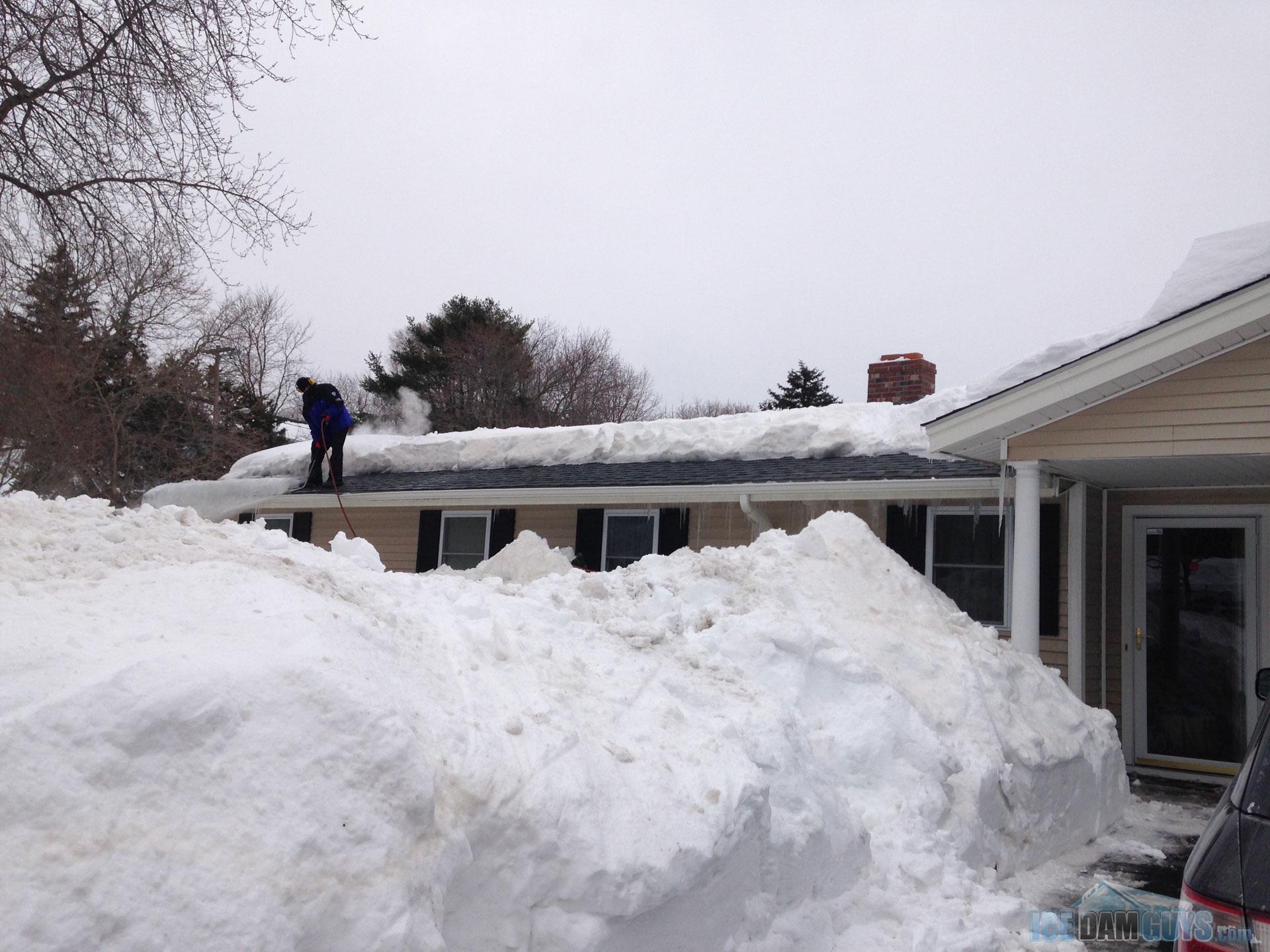
Play it safe. If you have a newly-built home with two feet of snow on the roof, remove the snow. Two feet of snow is about how much a typical average roof rake can handle before a professional should get up there and start shoveling.
Older homes need even more TLC, as do manufactured homes, homes with flat-top porches, and businesses with any kind of flat roof. If you’ve got any of those, be extra-serious about removing the ice and snow – like after about a foot of snow has accumulated.
Keep in mind snow does not fall or accumulate evenly. Walk a full circuit around the outside of your home every now and then. Look for snow drifts that might exceed 12 to 24 inches, and rake them off. That’s the best way to stave off roof collapses and ice dams.









